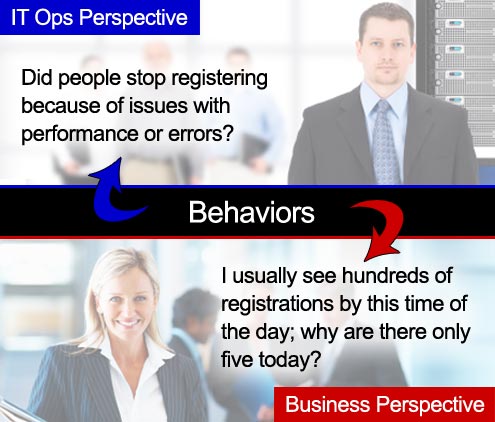Both business and IT groups rely on user experience management (UEM) to monitor and improve the quality of the user experience with Web applications. Yet in many organizations the two groups have different goals and measures of success, and lack even a common vocabulary for working together, says John Spirko, product manager for Quest Software, a provider of monitoring and management software.
IT’s responsibility is often limited to providing highly responsive application services that are always available — with no insight into business needs — while business teams are tasked with understanding user behavior to determine if delivered content and services are commensurate with market demand or business goals.
Bridging the gap in UEM between business and IT groups begins with understanding the metrics of UEM and how they can be used by both groups. Using common data and terminology can help both sides collaborate on improving the user experience.
This slideshow illustrates five UEM metrics and how they are interpreted by business and IT. These metrics can serve as a common vocabulary to tie together the business and IT perspectives.
IT Business Edge’s Ann All wrote a post on making metrics meaningful. A key takeaway: IT should work with one or two business groups with which it has good working relationships to determine key performance indicators that focus on customer perceptions rather than hard data. Once IT knows what customers consider important, it can establish baselines to illustrate the current status and work backward to identify the infrastructure issues associated with these KPIs.
Click through for 5 common UEM metrics that can help bring business and IT perspectives together.








